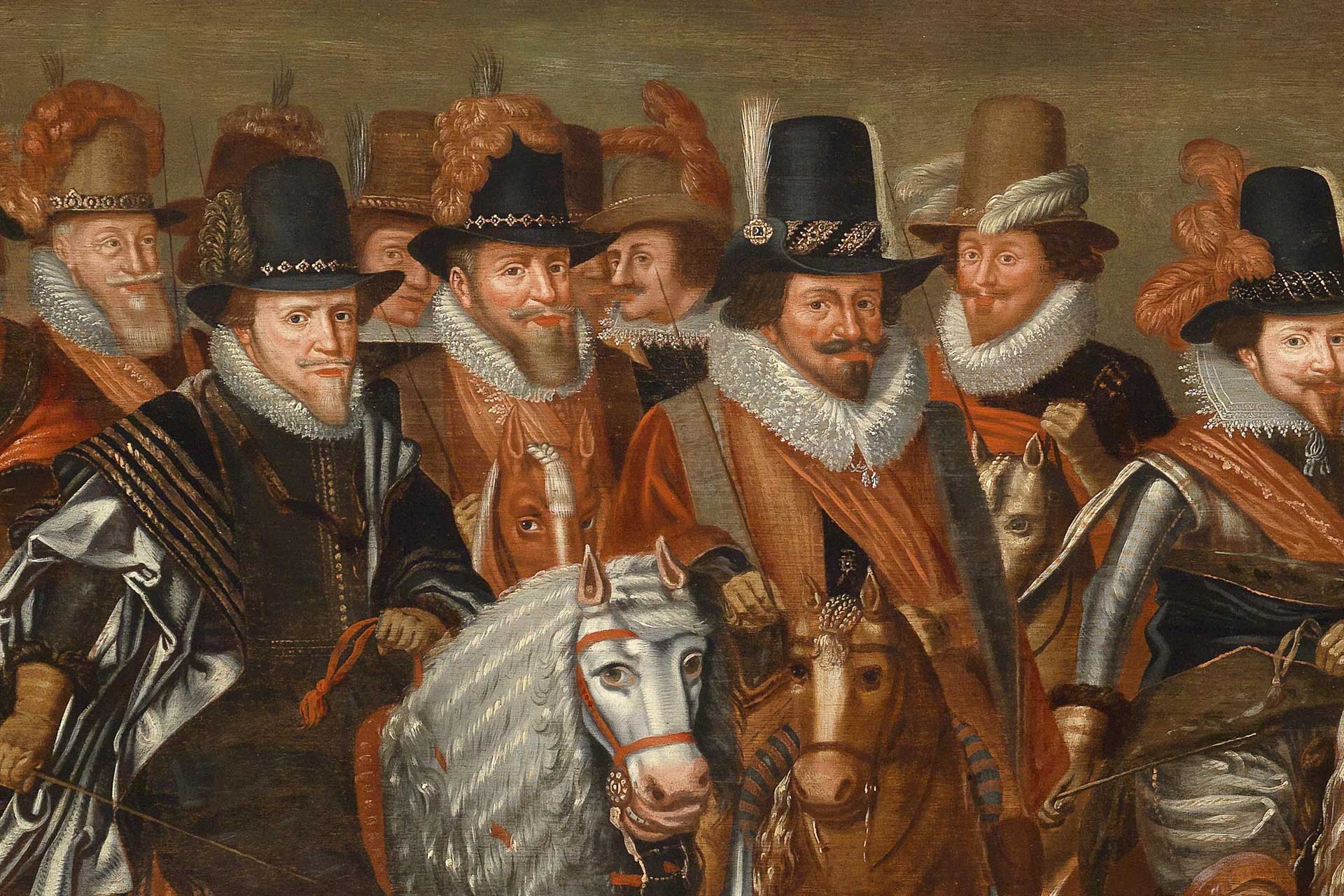A note on language: when there is an international or English-language name in common use, that will be used. The version of the name in the individual’s modern local vernacular will follow with the two-letter language code.
Contents
William the Silent, Prince of Orange
Willem de Zwijger, prins van Oranje (NL)
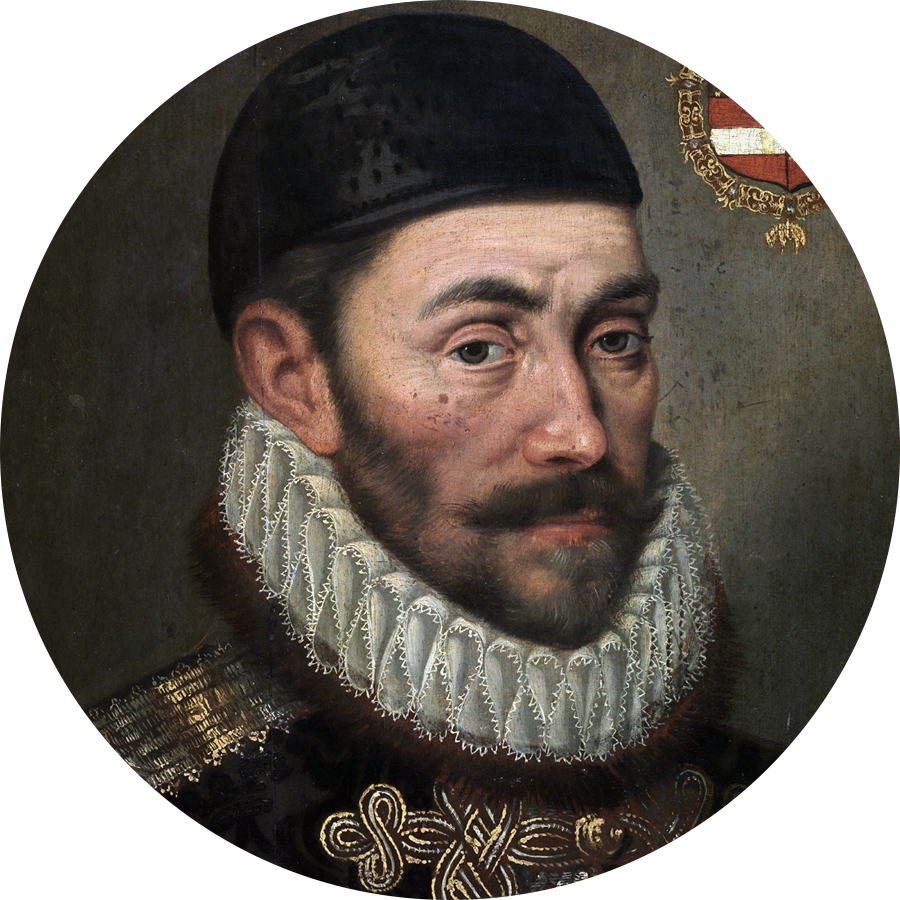
1533-1584: The most wealthy and influential of all the greater nobility in the Low Countries, William became the figurehead of the rebellion, leaving a lasting legacy which recognizes him as the “father of the Netherlands.”
For More: C.V. Wedgewood, William the Silent and Lisa Jardine, The Awful End of William the Silent: The First Assassination of a Head of State with a Handgun
John the Old, Count of Nassau-Dillenburg
Jan VI de Oude, Graaf van Nassau-Dillenburg (NL)
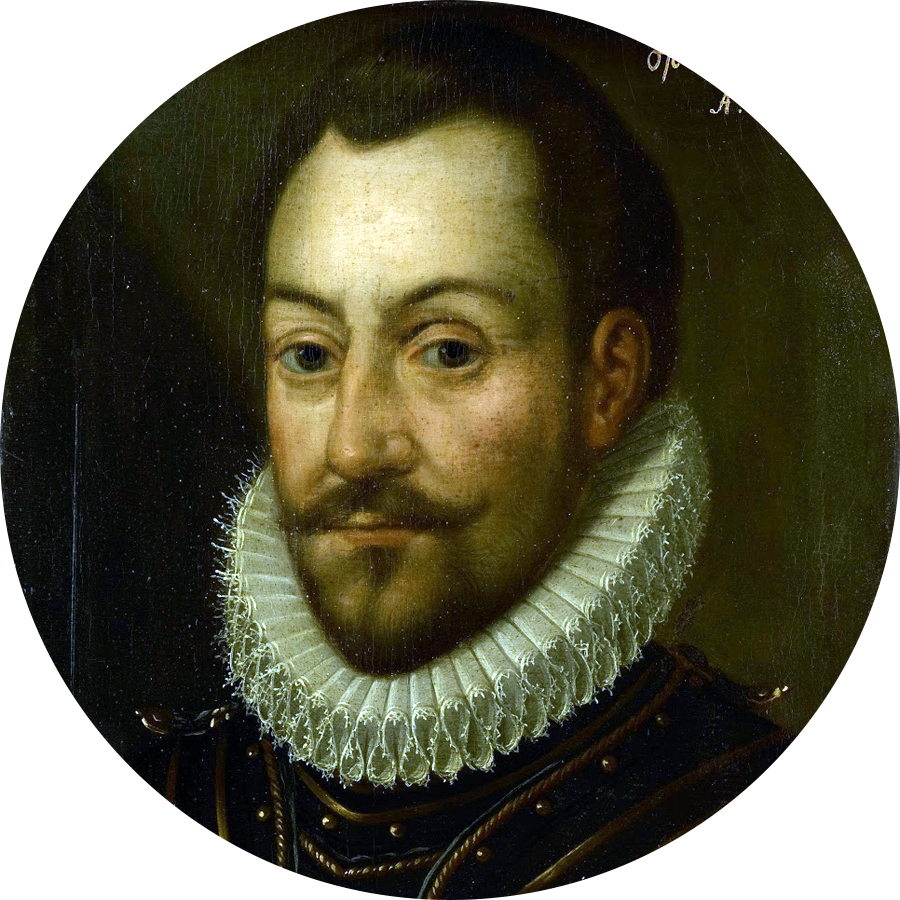
1536-1606: Younger brother of William the Silent, Johann is best remembered as was instrumental in the writing of the 1579 Union of Utrecht. He briefly served as the stadtholder of Gelderland, before his staunch Calvinism alienated the Catholic power base and he returned to Nassau.
For More: Sarah Verhaegan, “Early Modern Noblemen and the Use of Paper Communication Media: The Media-Politics of the ‘Lesser’ Nassau (c. 1570–1620)” and J.H. Kluiver, De correspondentie tussen Willem van Oranje en Jan van Nassau, 1578-1584 (here’s an English language review)
Maurice of Nassau, later the Prince of Orange
Maurits van Nassau, later de Prins van Oranje (NL)
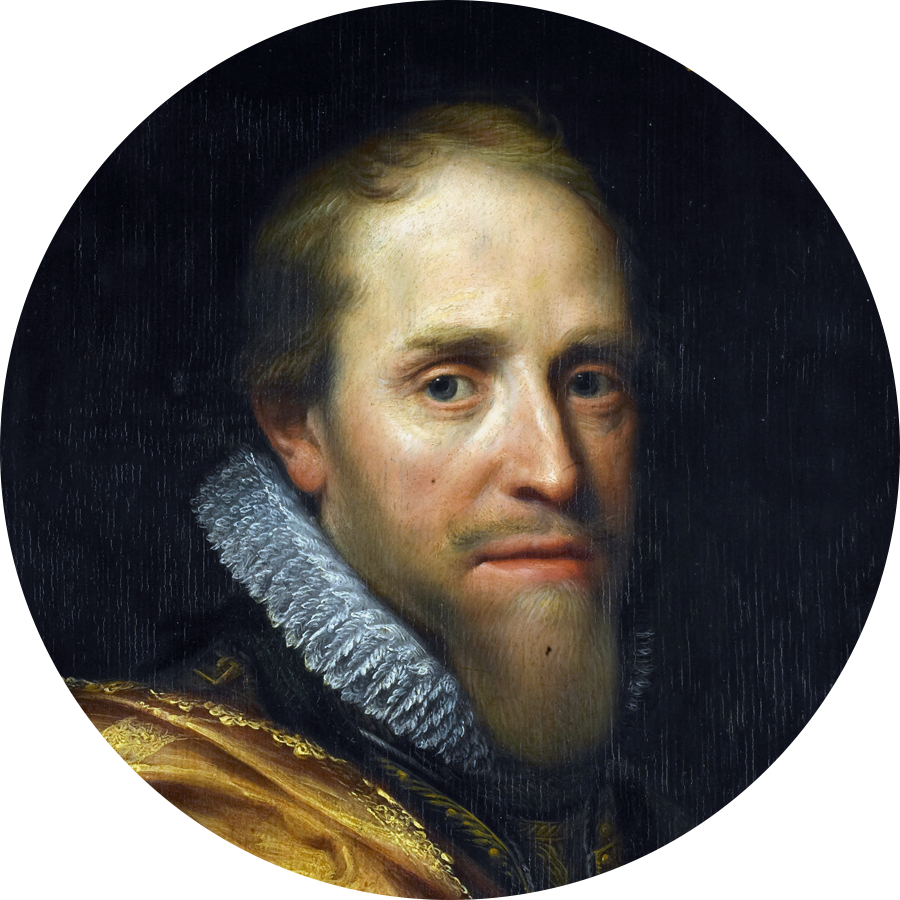
1567-1625: Son of William the Silent, Maurice came into power following his father’s assassination. Best known for his ten years of military successes in the 1590s (culminating in the 1600 Battle of Nieupoort) which regained a great number of cities and territory for the young Dutch Republic and settling much of the border of what would become the modern Netherlands.
For More: Karl Schweizer, “Maurice of Nassau, Prince of Orange (1567–1625)” and Herbert H. Rowen, “Maurice of Nassau: defender of the republic” in The Princes of Orange: The Stadholders in the Dutch Republic
William Louis, Count of Nassau-Dillenburg
Willem Lodewijk, Graaf van Nassau-Dillenburg (NL)
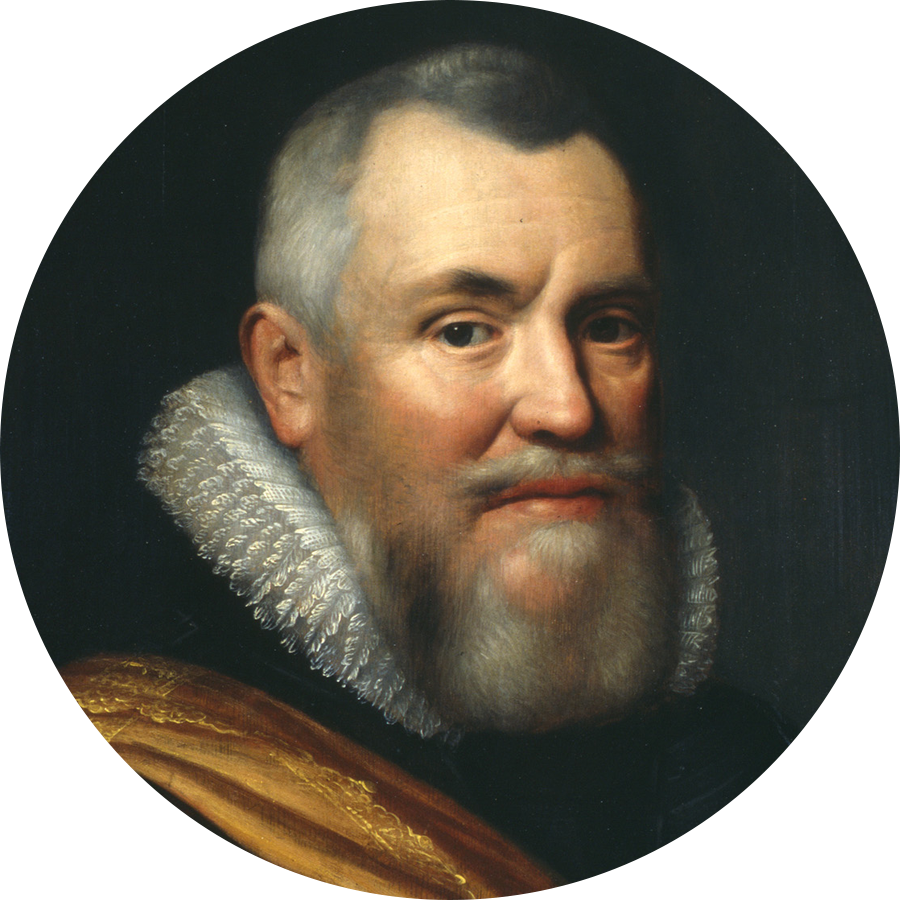
1560-1620: Son of John the Old, William Louis served as the stadtholder of the northern provinces of Frisland, Groningen, and Drenthe for thirty-five years. In addition to this political stability, he was a key partner of his cousin Maurice in the concept of systematic drill and volley fire by the Dutch States armies.
The Dutch Revolt which began in 1568 is not as simple as the story of one nobleman rebelling against the King of Spain. There were supporters and partisans on both sides of the conflict enabling – and often forcing the hand of – that one noble house and their Habsburg overlords.
Back to Leaders, Soldiers, & Politicians from the Dutch Revolt
